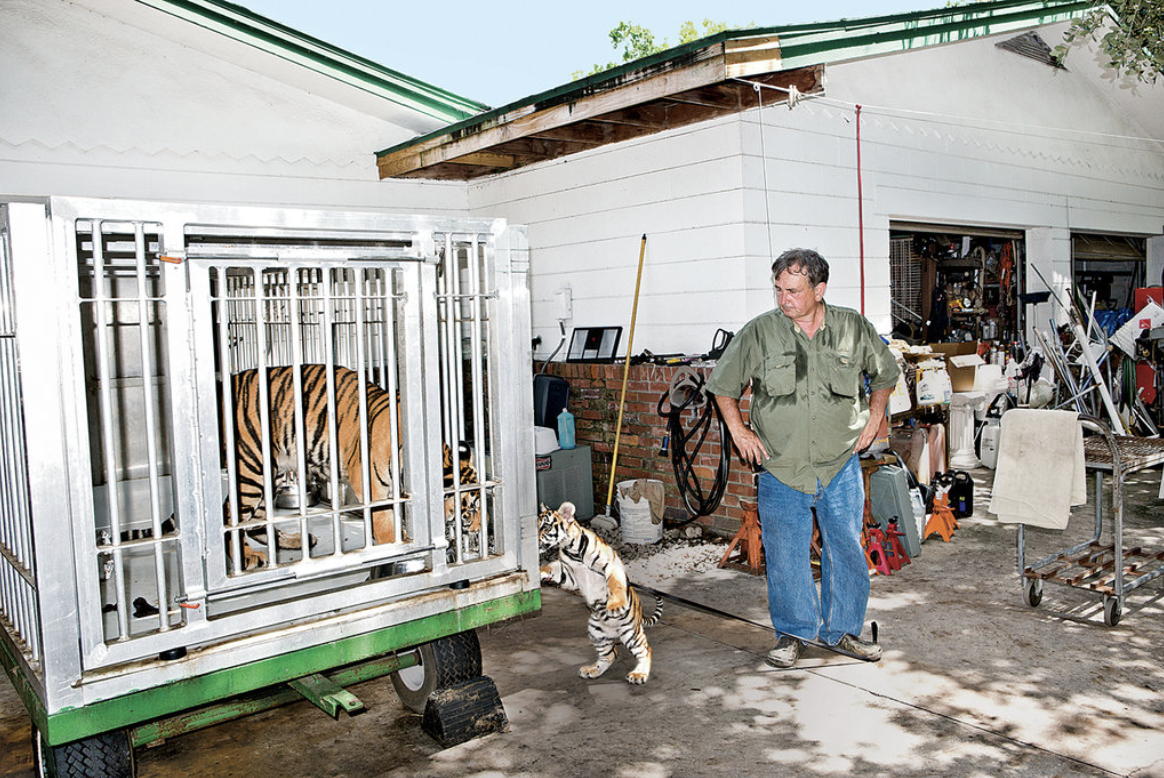Reliable Wildlife Removal Strategies for a Peaceful Home Environment
In the pursuit of preserving a calm living space, property owners commonly deal with the difficulty of wildlife breaches, which can interfere with the peace of their environment. Implementing reliable wildlife removal methods needs a nuanced understanding of both gentle exemption techniques and preventative procedures. By dealing with entry points and reducing attractants, one can dramatically lessen the possibility of uninvited guests. The complexity of these strategies commonly necessitates a closer exam of particular techniques and the prospective requirement for specialist treatment. What are the vital components of these methods, and when should one consider seeking professional assistance?
Identifying Common Wildlife Intruders
Determining usual wild animals burglars is an important first step in reliable wild animals management. Comprehending the particular types that frequently penetrate business and domestic areas makes it possible for home owners and wildlife experts to carry out targeted techniques for reducing possible damages and health threats. Typical trespassers often include raccoons, squirrels, bats, and different types of rodents and birds, each bringing one-of-a-kind difficulties.
Raccoons, for example, are recognized for their mastery and can cause substantial architectural damages while seeking food or sanctuary. Squirrels, with their propensity for gnawing, can harm electrical wiring, positioning fire dangers. Bats, while advantageous for controlling insect populaces, can come to be a hassle when they roost in attic rooms, possibly spreading conditions such as histoplasmosis. Birds, including sparrows and pigeons, typically develop unhygienic problems with their droppings, leading to structural deterioration and health and wellness concerns. Rodents, such as mice and rats, are infamous for their quick recreation and ability to penetrate tiny openings, posing serious wellness dangers as a result of their capacity to spread out illness.
Humane Exclusion Methods
Comprehending the usual wild animals intruders is the structure upon which efficient exclusion techniques are developed. Recognizing species such as squirrels, raccoons, and birds helps in making humane exclusion strategies tailored to particular behaviors and entrance approaches. Exclusion is a preventative strategy targeted at refuting wildlife access to homes and residential or commercial properties, therefore reducing the requirement for even more intrusive procedures.
The cornerstone of humane exemption involves securing potential entry points. Furthermore, ensuring that windows and doors are protected, and that displays are intact, can additionally prevent access.
Setting up motion-activated lights or ultrasonic gadgets can dissuade nocturnal wild animals. These exemption approaches not only safeguard the home atmosphere but also appreciate the wildlife, allowing them to grow in their natural habitats without harm.
Safe Trapping Approaches
When exclusion techniques are inadequate, safe capturing techniques become a required choice in wild animals management. Capturing, when implemented correctly, provides a humane and effective ways of dealing with an instant wildlife trouble while ensuring minimal anxiety and injury to the pet. This approach needs an understanding of both the actions of the target varieties and the honest factors to consider associated with wild animals handling.
These catches need to be checked often to avoid excessive stress and anxiety or injury to the captured wild animals. It is important to follow regional policies concerning capturing and relocation to make sure compliance with lawful criteria and wild animals conservation concepts.
Additionally, bait selection and positioning are vital components in making sure effective capturing. Bait must be selected based on the nutritional choices of the target types and purposefully put to tempt the animal right into the trap. When entraped, the animal should be managed with treatment, using protective equipment if required, to assist in risk-free transport and launch, consequently keeping a relaxed home and a well balanced ecosystem environment.
Preventive Home Alterations
While safe trapping approaches deal with instant wildlife concerns, lasting services typically entail preventative home alterations to prevent their explanation pets from going into human areas. Applying these modifications not just improves the safety and next comfort of your living environment however additionally decreases the likelihood of future wild animals breaches.
A crucial facet of preventative strategies is securing possible access factors. This involves examining and fixing any gaps or cracks in the structure, wall surfaces, and roofing system, as these can end up being gain access to routes for wildlife.
Landscaping alterations can additionally offer as reliable deterrents. Trimming tree branches that overhang the roofing system and eliminating debris stacks can remove paths and habitats that bring in wildlife. Keeping a clean lawn by securing garbage can and compost heap prevents scavengers such as opossums and raccoons.

## When to Call Experts
Professional intervention ends up being important in scenarios where wildlife issues exceed the extent of DIY options. Homeowners might encounter scenarios where the complexity or risk of the wild animals problem demands expert knowledge.
Moreover, invasions involving safeguarded or endangered species need a nuanced method to follow legal laws. Specialists are geared up with the required authorizations and understand the legal structures controling the handling of such types. This makes certain that removal is performed ethically and within lawful borders.

Last but not least, when wildlife positions a relentless problem despite duplicated DIY efforts, expert solutions can offer detailed examination and long-term solutions this website customized to avoid reappearance - burlington wildlife rescue. Their expertise not only fixes the prompt concern however additionally safeguards the home setting in the future
Final Thought
Applying effective wildlife elimination strategies is necessary for preserving a serene home atmosphere. Identifying usual wild animals trespassers and utilizing gentle exemption strategies are fundamental actions. Safe trapping approaches make sure the humane capture of consistent animals, while preventative home alterations, such as securing entrance factors and safeguarding trash containers, lower future intrusions. Consulting professionals is advisable for complex circumstances that call for competence. With each other, these techniques create an unified space devoid of wildlife disturbances.

These exclusion approaches not just protect the home atmosphere however also respect the wild animals, permitting them to grow in their all-natural habitats without injury.
Carrying out reliable wildlife removal approaches is important for keeping a tranquil home environment.